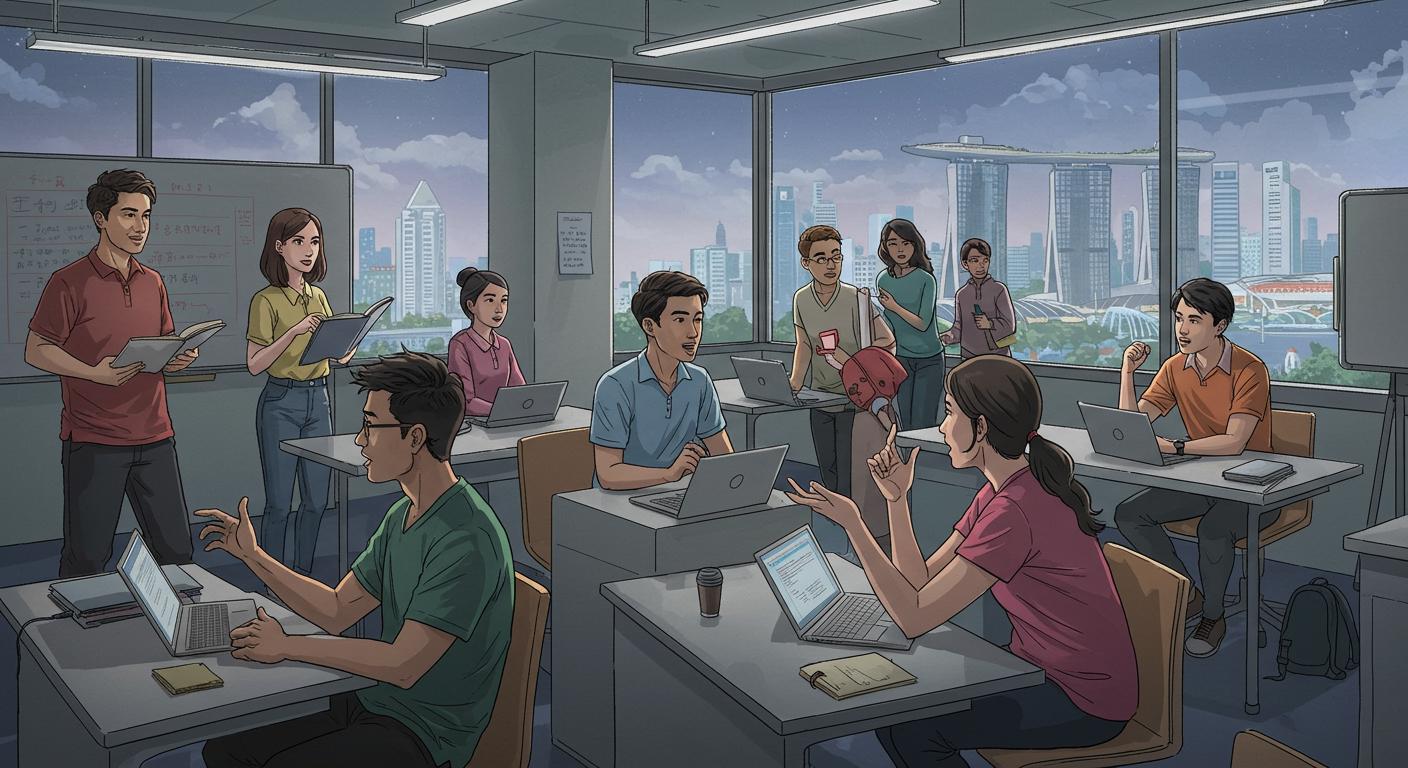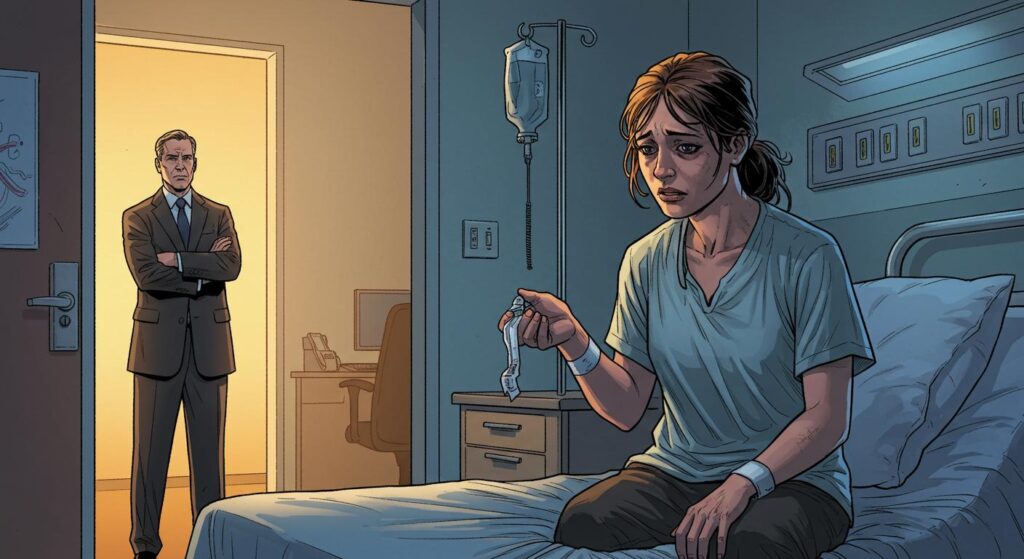Sometimes a news story appears that lands so squarely in the “You can’t make this up” file that it’s easy to overlook just how quietly momentous it is. Earlier this week, The Straits Times introduced the world to the “School of Yapping”—an actual course, in Singapore, for adults under 40 who want to, well, learn how to talk to people. A strikingly similar report also appeared in Asia News Network, confirming the breadth of interest—and possibly existential concern—over this development.
For those imagining an archaic elocution class or a Toastmasters knockoff, the reality is a little more existential. The School of Yapping is a four-part workshop designed to teach everyday conversation: small talk, reading social cues, even just surviving the awkward silence at group dinners. The curriculum uses role play and peer scenarios to nudge participants out of their digital shells and into the unpredictable territory of face-to-face human interaction. As reported in both outlets, upon completion, students receive not only new conversational tricks but also personalized feedback on strengths and, somewhat ominously, “areas for improvement.”
Zoom Fatigue or Something Deeper?
It’s easy to chalk this up as another quirky artifact of our post-pandemic era. But stories from the ground, like that of Faith Tay—a 31-year-old IT professional who once found herself literally rendered speechless in a virtual meeting—reveal a deeper malaise. In a detail described by both The Straits Times and Asia News Network, Tay’s moment of being frozen on camera, heart pounding while colleagues waited on Zoom, became a “turning point” that led her to seek out the workshop.
She isn’t alone. According to both outlets, data from a 2024 survey by Singapore’s Institute of Policy Studies found that young adults aged 21 to 34 reported the highest levels of social isolation among all age groups. Over half admitted to feeling anxious about in-person conversation, opting for the measured remove of text messages, where you can always revise before you hit send.
Participant statistics compiled by Friendzone’s team and described in The Straits Times show that roughly one-third of attendees are students, about 10 percent report social anxiety or neurodivergent traits, and a striking two-thirds are women. Another participant, algorithm engineer Vishal Bajpe, spoke candidly to both publications about preferring the safety of his “corner” to the daunting world of group networking—even while preparing for a quantum computing event, suggesting that sometimes the real uncertainty isn’t in the math.
Loneliness, Neurodiversity, and the Gentle Art of Small Talk
The loneliness motif comes up in both accounts, with Asia News Network echoing the finding that Singaporeans under 40 are 80 percent more likely than those over 50 to avoid social interaction. Nearly two-thirds said their social avoidance began or worsened after the pandemic disrupted regular routines. The same studies and interviews surface repeatedly—clarified by both outlets as stemming from overlapping survey data and interviews with consultants—reinforcing that this is less independent corroboration, more a shared view from the local reporting ecosystem.
Friendzone’s curriculum, as summarized in both articles, was designed with input from a trained counsellor and built upon user interviews, with the top participant goals being: boosting confidence, reducing awkward silences, and learning to “read the room.” Co-founder Tham Jun Han shared that after hosting more than 500 community-building events since 2018, he’d observed an increase in attendees who struggle with basic interaction—eye contact avoidance, silent dinners, and the telling presence of phones as shields.
Screens, Social Comparison, and the Lost Art of Eye Contact
The Straits Times features insights from two mental health professionals. Psychiatrist Dr Lim Boon Leng remarks that many young patients now describe feeling “socially drained and unmotivated to re-engage in real-world interactions”—a theme echoed in the Asia News Network coverage. Both outlets highlight his observation that fears of negative judgment, “saying something ‘cringe’,” or just appearing boring, are intensified by social media and digital communication.
Clinical psychologist Dr Annabelle Chow notes, as detailed in The Straits Times, that growing up behind screens has created a temperamental retreat to “being behind the screen,” where embarrassment is avoidable and interactions can be rehearsed. According to her, fundamental social skills are atrophying: many struggle with eye contact, hand gestures, or simply knowing what to do with their hands—using phones as security blankets. She points to the erosion of real-life social confidence as a byproduct of these digital habits and remarks that “real-life relationships thrive on shared experience, non-verbal cues, and being fully present.” Most interactions filtered through a screen make it harder for young adults to interpret tone or connect emotionally.
Transitions compounded the issue. As both reports recount, key life stages—starting university, entering the workforce—were upended by remote formats, leading to a reduction in practical, in-person communication opportunities. Dr Lim observes that those already prone to introversion, social anxiety, or neurodivergent traits (such as autism or ADHD) have been particularly affected, leading some patients to describe themselves as “socially deconditioned” and, poignantly, to report “feeling like I don’t know how to be human anymore.”
“I Don’t Know How to Be Human Anymore.”
For those seeking solutions, both Dr Lim and Dr Chow advise gradual reintroduction to social situations—what Dr Chow calls “exposure therapy”—and cognitive behavioral therapy to help reframe anxious, judgment-centered thoughts. Friendzone, for its part, provides tips like moving from small talk to substance, focusing on listening, and watching for nonverbal cues. Curiously, these once-basic skills are now taught as milestones—segmented, practiced, and, in some sense, graded.
Despite the faint humor in needing a “School of Yapping,” organizers report the classes are surprisingly popular: initial expectations of 15–20 sign-ups quickly gave way to more than 30 eager registrants, as documented by The Straits Times. Some participants hesitated at role play but were earnest in pursuing new conversational confidence.
A Little Stranger Together
It’s tempting to end with a gentle jab at the absurdity of needing a class to remember how to say hello. But these workshops reflect more than just modern awkwardness; they’re also a testament to adaptability and earnestness. When the default settings of society fall out of date, humans find new ways to patch and reboot. If that involves an official curriculum for being human—complete with small talk homework—then perhaps the real surprise is not that such courses exist, but that they are already so needed, and so well attended.
Are we just circling back to basics, or quietly evolving what it means to “show up” in a world with too many options for hiding? As Friendzone’s unexpectedly robust attendance suggests, the answer probably lies somewhere in the space between both. For now, “How to Be Human 101” might just be the most timely course never offered in school.







